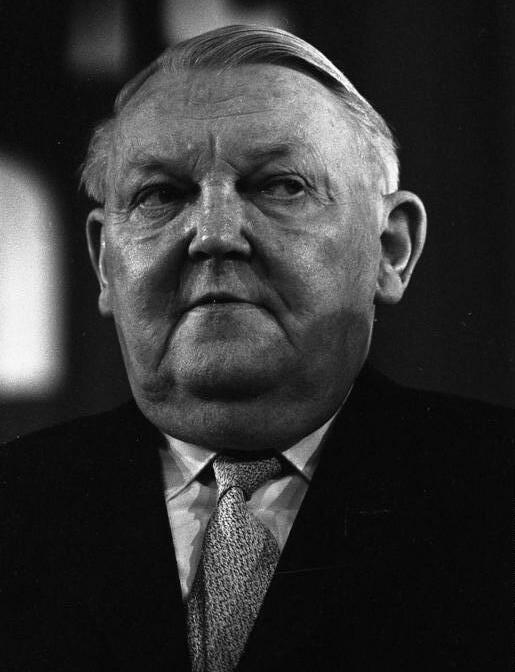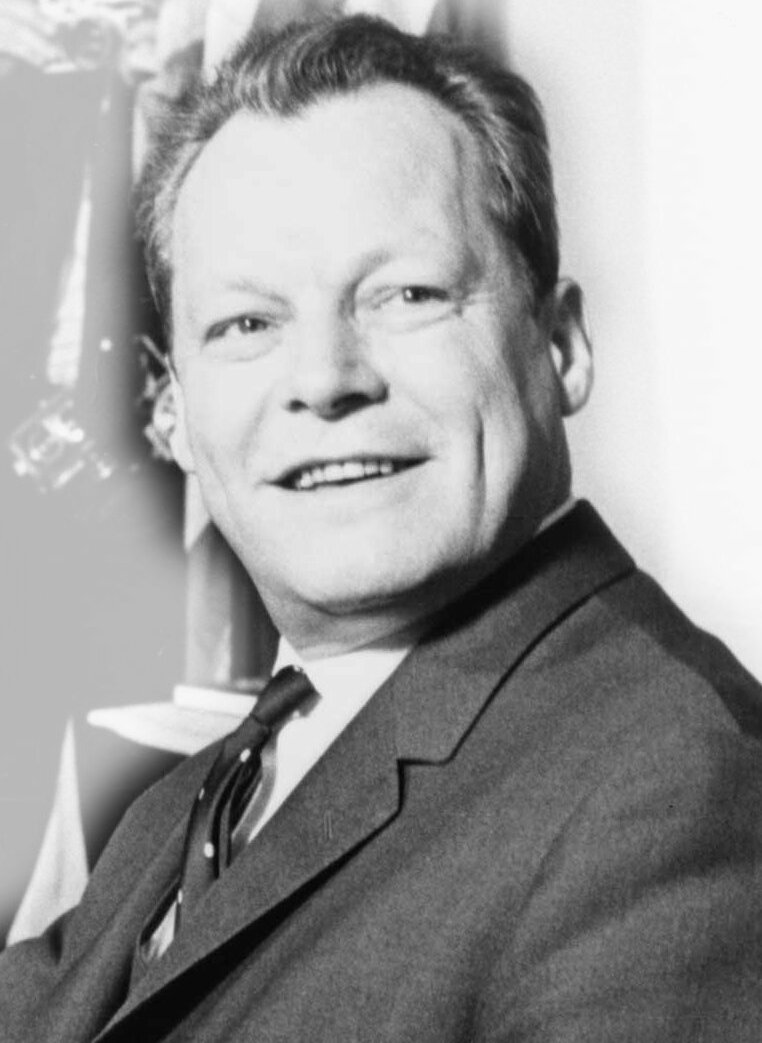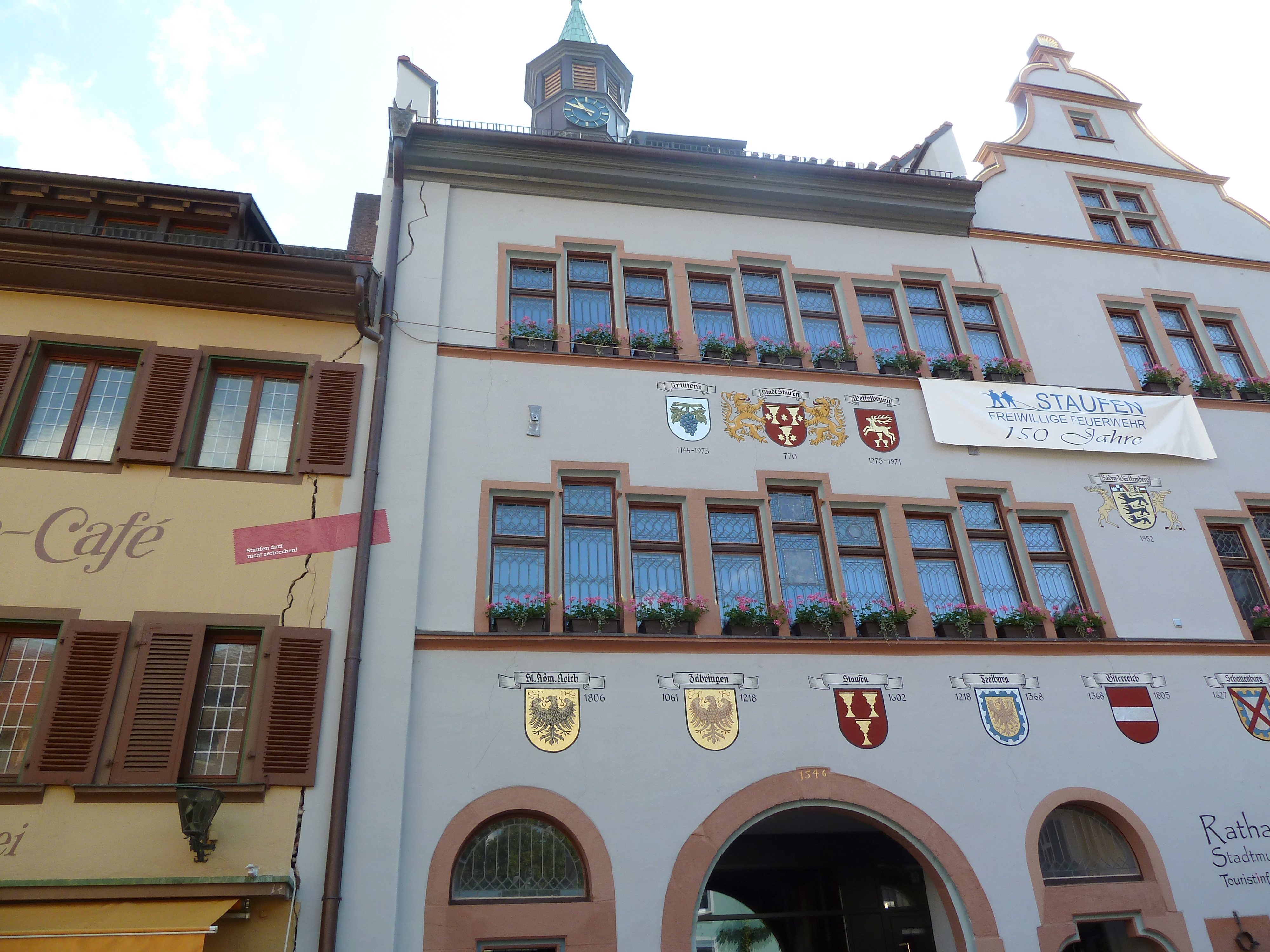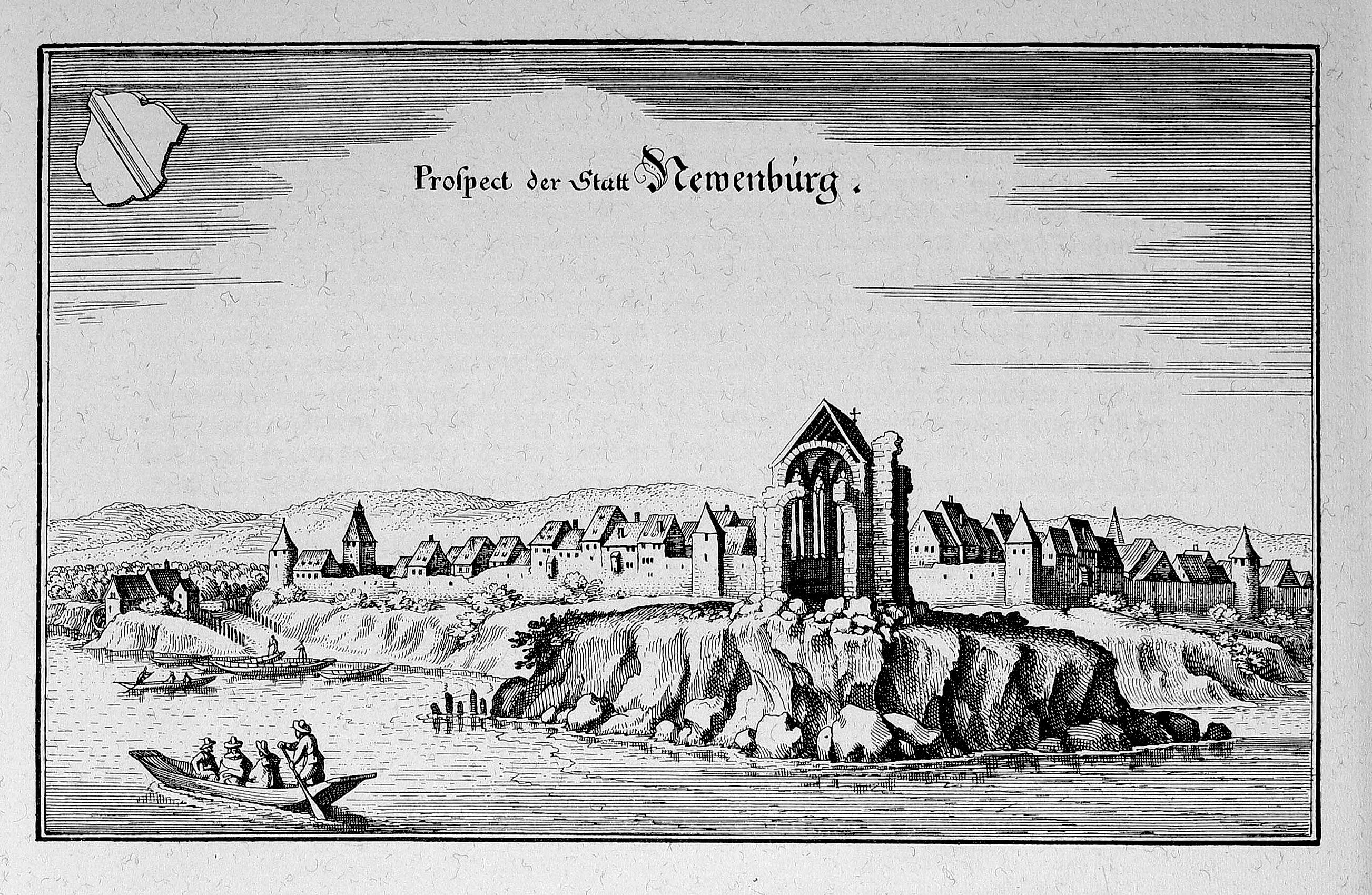|
Lörrach – Müllheim
Lörrach – Müllheim is an electoral constituency (German: ''Wahlkreis'') represented in the Bundestag. It elects one member via first-past-the-post voting. Under the current constituency numbering system, it is designated as constituency 282. It is located in southwestern Baden-Württemberg, comprising the district of Lörrach and southwestern parts of the district of Breisgau-Hochschwarzwald. Lörrach – Müllheim was created for the inaugural 1949 federal election. Since 2021, it has been represented by Diana Stöcker of the Christian Democratic Union (CDU). Geography Lörrach – Müllheim is located in southwestern Baden-Württemberg. As of the 2021 federal election, it comprises the Lörrach district and the municipalities of Auggen, Bad Krozingen, Badenweiler, Ballrechten-Dottingen, Buggingen, Eschbach, Hartheim am Rhein, Heitersheim, Müllheim, Münstertal/Schwarzwald, Neuenburg am Rhein, Staufen im Breisgau, and Sulzburg from the Breisgau-Hochschwarzwald distric ... [...More Info...] [...Related Items...] OR: [Wikipedia] [Google] [Baidu] |
Bundestag
The Bundestag (, "Federal Diet") is the German federal parliament. It is the only federal representative body that is directly elected by the German people. It is comparable to the United States House of Representatives or the House of Commons of the United Kingdom. The Bundestag was established by Title III of the Basic Law for the Federal Republic of Germany (, ) in 1949 as one of the legislative bodies of Germany and thus it is the historical successor to the earlier Reichstag. The members of the Bundestag are representatives of the German people as a whole, are not bound by any orders or instructions and are only accountable to their electorate. The minimum legal number of members of the Bundestag (german: link=no, Mitglieder des Bundestages) is 598; however, due to the system of overhang and leveling seats the current 20th Bundestag has a total of 736 members, making it the largest Bundestag to date and the largest freely elected national parliamentary chamber in the wo ... [...More Info...] [...Related Items...] OR: [Wikipedia] [Google] [Baidu] |
Buggingen
Buggingen is a municipality in the district of Breisgau-Hochschwarzwald in Baden-Württemberg in southern Germany located between the Rhine Valley and the Black Forest on the northern edge of Markgräflerland. Buggingen lies in the western part of the pre-Black Forest mountains. It is home to many vineyards and is a largely agricultural center. It also is home to Germany's largest tech mail order company. Buggingen administratively also includes Seefelden and Betberg. History The village was first referred to in 778. It was mentioned in the "Urkundebuch" of the monastery of Lorsch as "Buchinger marca". In 940 the village shifted to the control of the Bishop of Constance. As far as can be ascertained, Buggingen has been associated with vineyards throughout its history. The settlement of Buggingen has its origins in the alemannische. As a number of documents confirm, the majority of the property was in the hands of the church. Property owners were the monasteries in Lorsch, St. ... [...More Info...] [...Related Items...] OR: [Wikipedia] [Google] [Baidu] |
1965 West German Federal Election
Federal elections were held in West Germany on 19 September 1965 to elect the members of the 5th Bundestag. The CDU/CSU remained the largest faction, while the Social Democratic Party remained the largest single party in the Bundestag, winning 217 of the 518 seats (including 15 of the 22 non-voting delegates for West Berlin West Berlin (german: Berlin (West) or , ) was a political enclave which comprised the western part of Berlin during the years of the Cold War. Although West Berlin was de jure not part of West Germany, lacked any sovereignty, and was under mi ...). Campaign Federal Chancellor Ludwig Erhard was initially popular as the acclaimed "father" of West Germany's economic miracle of the 1950s and early 1960s. West Germany's economy still seemed solid in 1965, and thus not enough West German voters wanted to change the party of Federal Chancellor. To ensure his victory in this Bundestag election, Erhard promised to cut income tax and to increase social program ... [...More Info...] [...Related Items...] OR: [Wikipedia] [Google] [Baidu] |
1961 West German Federal Election
Federal elections were held in West Germany on 17 September 1961 to elect the members of the fourth Bundestag. CDU/CSU remained the largest faction, winning 242 of the 499 seats. Campaign For the first time, the SPD announced a Chancellor candidate who was not chairman of the party: Willy Brandt, the Governing Mayor of West Berlin. After the building of the Berlin Wall, he gained more and more sympathy, while chancellor Konrad Adenauer was criticised for not showing enough support for the people of West Berlin. Adenauer had to save the absolute majority of CDU and CSU, but, considering his age and his long term as chancellor, there were big doubts if he should lead the country in a fourth term. Results Results by state Constituency seats List seats Aftermath The absolute majority was lost by the conservative union due to the gains of the liberal FDP under Erich Mende. From 1961 on, the Union, SPD and FDP established an electoral "triopoly" in the Bundestag that wo ... [...More Info...] [...Related Items...] OR: [Wikipedia] [Google] [Baidu] |
1957 West German Federal Election
Federal elections were held in West Germany on 15 September 1957 to elect the members of the third Bundestag. The Christian Democratic Union and its longtime ally, the Christian Social Union in Bavaria, won a sweeping victory, taking 270 seats in the Bundestag to win the first – and to date, only – absolute majority for a single German parliamentary group in a free election. This was the first West German federal election to take place in the Saarland, which – as Saar protectorate – had been a separate entity under French control between 1946 and 1956. Campaign Economy Federal Chancellor Konrad Adenauer had some solid advantages over his Social Democratic Party (SPD) opponent, Erich Ollenhauer; West Germany had become fully sovereign in 1955 and The Law on Pension Reform (backdated to 1 January 1957) was enormously popular when passed in the spring of 1957, while the economy had been growing on average 7% per year since 1953 in part due to young, skilled and highly ed ... [...More Info...] [...Related Items...] OR: [Wikipedia] [Google] [Baidu] |
1953 West German Federal Election
Federal elections were held in West Germany on 6 September 1953 to elect the members of the second Bundestag. The Christian Democratic Union (CDU) emerged as the largest party. This elections were the last before Saarland joined West Germany in 1957. It had been a separate entity, Saar protectorate, under French control since 1946. Campaign Federal Chancellor Konrad Adenauer (who was also CDU leader) campaigned on his policies of economic reconstruction and growth, moderate conservatism or Christian democracy, and close relations with the United States. During the campaign he attacked the Social Democratic Party (SPD) ferociously. His staff had a comfortable coach on a train previously used only by Hermann Göring and behind that a dining car with sleeping berths for journalists.Charles Williams (2000) ''Adenauer: The Father of the New Germany'', p407 The new SPD leader (Kurt Schumacher had died in 1952) was Erich Ollenhauer, who was more moderate in his policies than Schumach ... [...More Info...] [...Related Items...] OR: [Wikipedia] [Google] [Baidu] |
South Baden
South Baden (german: Südbaden; ), formed in December 1945 from the southern half of the former Republic of Baden, was a subdivision of the French occupation zone of post-World War II Germany. The state was later renamed to Baden and became a founding state of the Federal Republic of Germany (West Germany, today simply Germany) in 1949. In 1952, Baden became part of the modern German state of Baden-Württemberg. Formation At the Yalta Conference in 1945, France was allocated an occupation zone for the administration of post-war Germany. The south-west of Germany – previously consisting of Baden, Württemberg and the Prussian province of Hohenzollern – was divided between France in the south and the United States in the north. The border between the two zones was set so that the Autobahn connecting Karlsruhe and Munich (today the A8) was completely contained within the American zone; Bavaria was also placed under American administration. In the French zone, Hohenzollern and ... [...More Info...] [...Related Items...] OR: [Wikipedia] [Google] [Baidu] |
Sulzburg
Sulzburg is a town in the district Breisgau-Hochschwarzwald, in Baden-Württemberg, Germany. It is situated on the western slope of the Black Forest, 20 km southwest of Freiburg. Sulzburg had a long tradition of continuous Jewish settlement since medieval times. Around 1850 almost one third of its population of around 1200 was Jewish. Sulzburg's lovely, barrel-vaulted synagogue has been completely restored. There exists an Sulzburg Jewish Cemetery, old Jewish cemetery near the town. Sons and daughters of the city * 1594 Frederick V, Margrave of Baden-Durlach, Markgraf of Baden-Durlach (1622-1659) * 1694 Johann Daniel Schöpflin, professor of history, eloquence and the theory of law at the University of Strasbourg * 1808 Gustav Weil, † 1889 in Freiburg im Breisgau, first orientalist, first Jewish professor in Germany * 1843 Ernst Leitz, † 1920 in Solothurn, founder of the Ernst Leitz Optical Works Wetzlar * 1925, Erich Bloch, † 2016 in Washington, computer scientis ... [...More Info...] [...Related Items...] OR: [Wikipedia] [Google] [Baidu] |
Staufen Im Breisgau
Staufen im Breisgau (High Alemannic: ''Staufe im Brisgau'') is a German town in the Breisgau-Hochschwarzwald district of Baden-Württemberg. It had a population of approximately 8,300 in 2019. General The city of Staufen im Breisgau lies in the district of Breisgau-Hochschwarzwald in the German state of Baden-Württemberg. Staufen has approximately 7,700 inhabitants and forms, together with the community of Münstertal, Black Forest, a community administrative unit. It is noted in history and culture for its association with Faust who, according to one source, died in or near Staufen around 1540. Geography Staufen lies at the foot of the Black Forest at the exit from the Münstertal. The Black Forest valley of Neumagen goes here directly over into the Rhine plain. The piedmont of the Black Forest is less distinct. North of the valley exit, the steeply rising old castle ruins dominates; to the southwest begins the hilly landscape of the Markgräflerland. Staufen lies on the bor ... [...More Info...] [...Related Items...] OR: [Wikipedia] [Google] [Baidu] |
Neuenburg Am Rhein
Neuenburg am Rhein (High Alemannic: ''Neiburg am Rhi'') is a town in the district Breisgau-Hochschwarzwald in Baden-Württemberg in southern Germany. Geography Geographical location Neuenburg is elevated on the right bank of the Altrhein on a terrace between the Vosges and the Black Forest, halfway between Freiburg im Breisgau and Basel at the former confluence of the Klemmbach in the Rhine. Here, a path from the Black Forest (Todtnau) to Mulhouse, the current Bundesstraße 378, crosses with the old waterway transport route Rhine. In addition, at the time of the town's founding by the Zähringer, one of the few fords across the Rhine was located here. In the thalweg of the Altrhein lies the state border between Germany and France. Nowadays, the Grand Canal d'Alsace on the French side of the border runs parallel to the Altrhein. Extension of the urban area The urban area runs along the Altrhein and lies mostly on a part of the Rhine Plain with the Rheinwald and the . The di ... [...More Info...] [...Related Items...] OR: [Wikipedia] [Google] [Baidu] |
Müllheim
Müllheim (High Alemannic: ''Mille'') is a town in Baden-Württemberg in southern Germany. It belongs to the district Breisgau-Hochschwarzwald. Müllheim is generally considered to be the center of the region known as Markgräflerland. History On October 27, 758 Strachfried gave as a gift to the monastery of St. Gallen his properties in Müllheim, including the vineyards. This deed is in the archives of St. Gallen and it is where we today can find the first written reference to the "''villa Mulinhaimo''", which is the current city of Müllheim. Archeology shows however that Müllheim was inhabited even earlier than this. During the renovation of the Martin's church in 1980 and 1981 the workers came upon a portion of a Roman villa. It is assumed that it is the center of large Roman possessions in the region. Population Inhabitants: 17,630 (February 2002) as follows - 12,030 Central Müllheim 1351 Hügelheim; 1235 Niederweiler; 991 Britzingen; 812 Vögisheim; 636 Feldberg; 362 Da ... [...More Info...] [...Related Items...] OR: [Wikipedia] [Google] [Baidu] |


.jpg)

